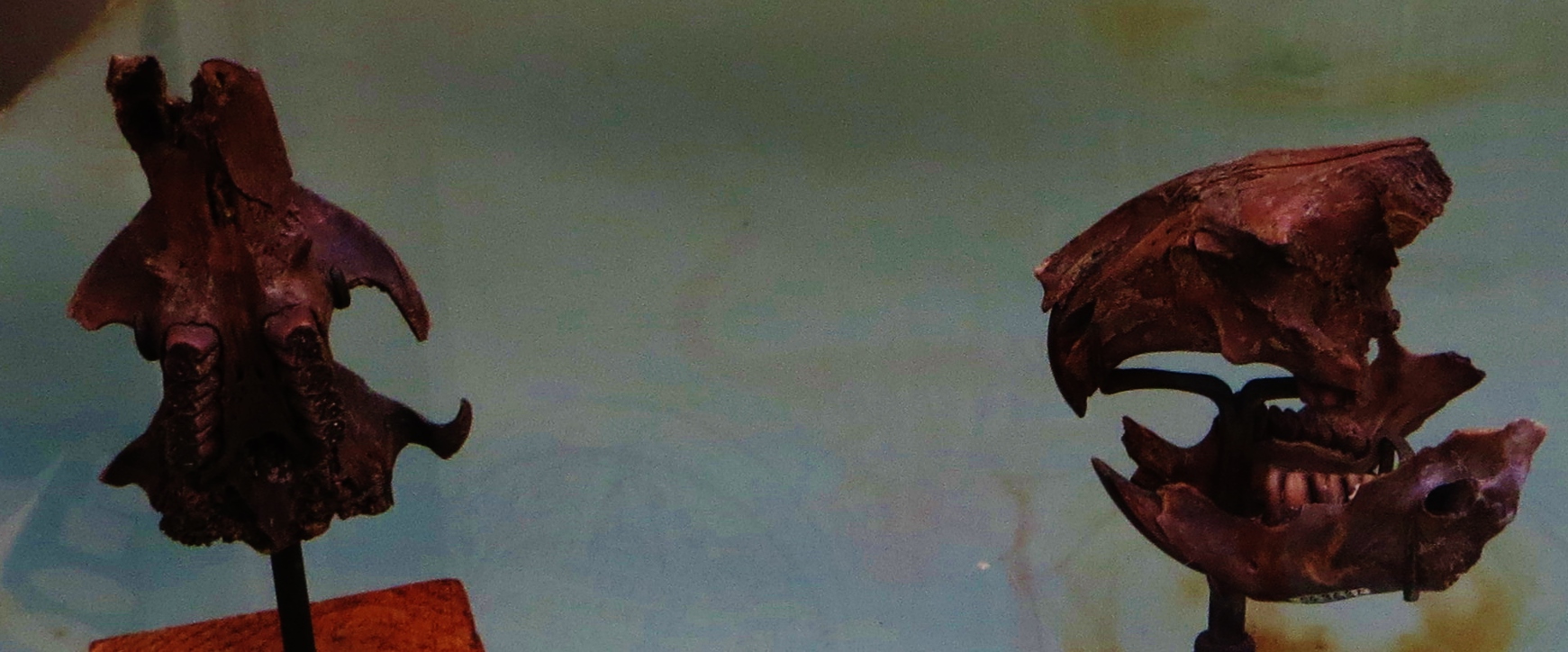Steneofiber on:
[Wikipedia]
[Google]
[Amazon]
''Steneofiber'' is an extinct  These small, 30-cm-long (1-ft-long) creatures probably lived in large freshwater
These small, 30-cm-long (1-ft-long) creatures probably lived in large freshwater
genus
Genus ( plural genera ) is a taxonomic rank used in the biological classification of living and fossil organisms as well as viruses. In the hierarchy of biological classification, genus comes above species and below family. In binomial nom ...
of beavers from the Miocene
The Miocene ( ) is the first epoch (geology), geological epoch of the Neogene Period and extends from about (Ma). The Miocene was named by Scottish geologist Charles Lyell; the name comes from the Greek words (', "less") and (', "new") and mea ...
. They contain several species of beavers. Amongst them are ''S.barbouri'', ''S.complexus'', ''S.depereti'', ''S.fossor'', ''S.gradatus'', and ''S.hesperus''. Their various species are found all the way from the eastern end of the Iberian peninsula to southern Japan. ''S.depereti'' has been found in northwest Germany.https://typeset.io/pdf/the-castorid-steneofiber-from-nw-germany-and-its-39s16p2icl.pdf
lake
A lake is an area filled with water, localized in a basin, surrounded by land, and distinct from any river or other outlet that serves to feed or drain the lake. Lakes lie on land and are not part of the ocean, although, like the much large ...
s, like present day beavers. A semiaquatic
In biology, semiaquatic can refer to various types of animals that spend part of their time in water, or plants that naturally grow partially submerged in water. Examples are given below.
Semiaquatic animals
Semi aquatic animals include:
* Ve ...
lifestyle is indicated by the presence of combing-claws, which living beavers use to waterproof their fur. Most likely, it was incapable of bringing down trees like its modern relatives. ''Steneofibers'' were more terrestrial than modern beavers, living in burrows, but fossils are still found near ancient water sources. The finding of a possible family group of ''Steneofiber'' skeletons in France
France (), officially the French Republic ( ), is a country primarily located in Western Europe. It also comprises of overseas regions and territories in the Americas and the Atlantic, Pacific and Indian Oceans. Its metropolitan area ...
has been used to infer that the genus employed a K-selected
In ecology, ''r''/''K'' selection theory relates to the selection of combinations of traits in an organism that trade off between quantity and quality of offspring. The focus on either an increased quantity of offspring at the expense of indivi ...
reproductive strategy like modern beavers, in which extensive parental care is given to a small number of offspring. ''Steneofibers'' are among the earliest known members of the subfamily Castorinae, which includes beavers more closely related to the two living species than to the recently extinct giant beaver. It is probably directly descended from the earliest known castorine, '' Propalaeocastor''.
References
Prehistoric beavers Prehistoric rodent genera Miocene mammals of Europe Miocene rodents Taxa named by Étienne Geoffroy Saint-Hilaire {{paleo-rodent-stub